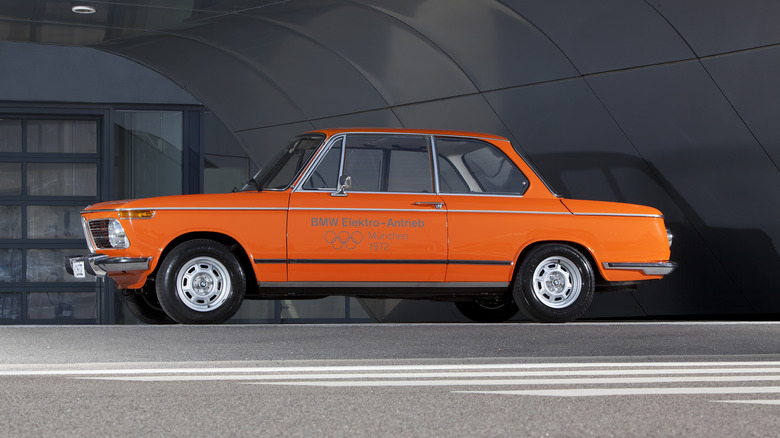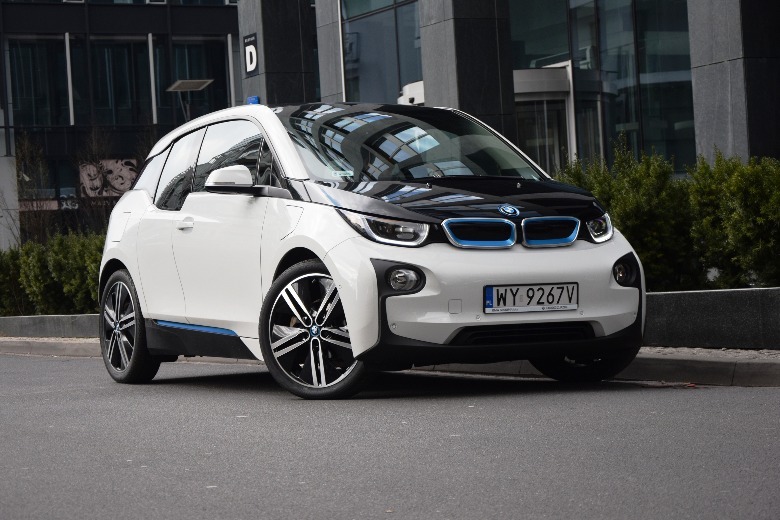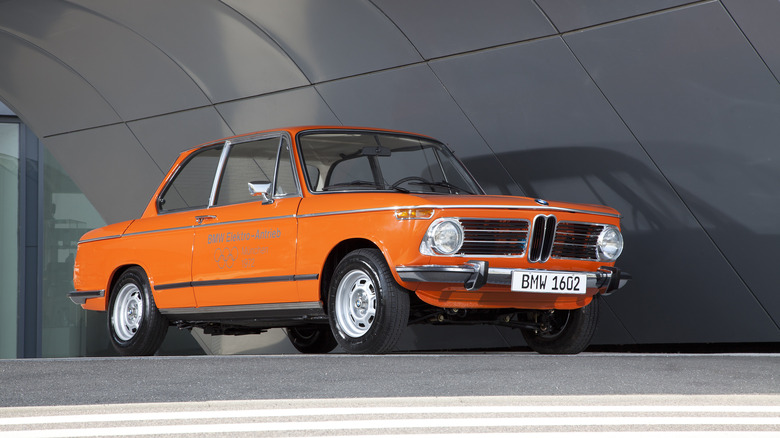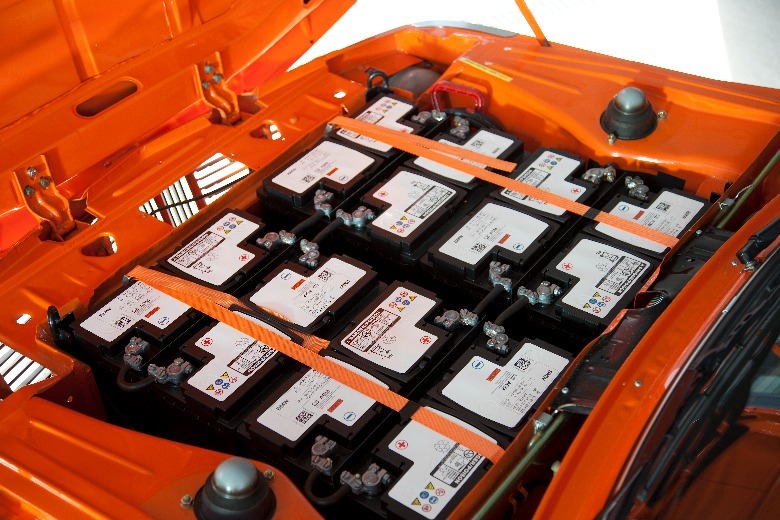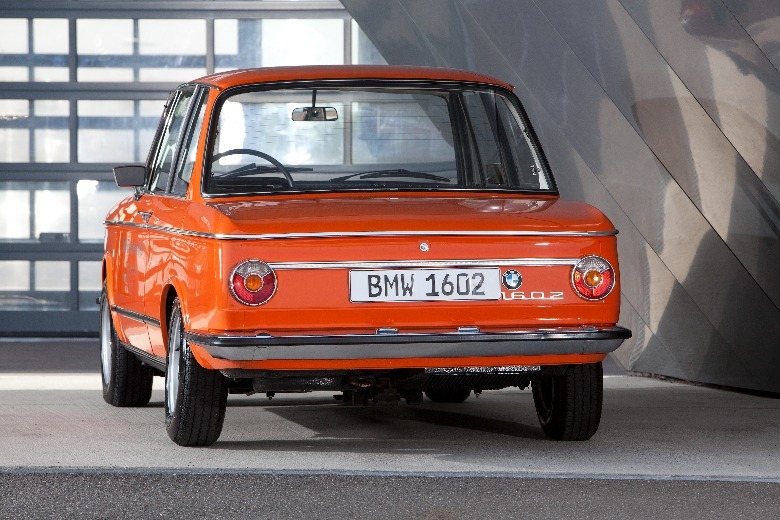This Electric BMW Existed Long Before The i3 And Looked Way Better
A decade ago, BMW debuted its first production electric vehicle (EV) — the peculiar 2014 i3 electric hatchback, which received mixed reviews. Its 22 kWh battery delivers a paltry 80 to 100 miles of range, not enough to make headlines or scare the Tesla Model S. After that, however, BMW added the i3 Range Extender variant in 2017 that has a more robust 33 kWh battery and a two-cylinder gas engine, extending the usable range to about 180 miles with a tankful of gasoline.
The BMW i3 hinted at BMW's electric future but also gave a glimpse at its current, polarizing design idiom, and you only need to glance at the XM or iX to confirm that fact. The i3 is not the prettiest car on the block, but it was a hotbed for innovation. It was the first mass-produced car with a carbon fiber reinforced plastic (CFRP) bodyshell and an aluminum frame to offset the batteries' weight.
Though the i3 was the first production EV by BMW, it wasn't the brand's first attempt at building an electric car. When BMW almost went bankrupt with the gorgeous yet ill-fated 507 Roadster, the automaker got new funding and developed the New Class (Neue Klasse) sedans in 1962, the cars that saved the brand from going broke and established the forefront of the sport sedans we know today — including the BMW 3 Series and its high-performance M3 sibling.
BMW 1602e: Electric progenitor
BMW's first electric car, the 1602e, was based on the 02 Series, the entry-level BMW, which were essentially smaller-wheelbase versions of the New Class sedans. The 02 Series spawned a variety of models like 2002, 1802, and 1502 (characterized by the displacement of their four-cylinder motors), but BMW's 1602 came first. Designed by then-design director Wilhelm Hofmeister (the man behind the "Hofmeister Kink"), BMW unveiled the first batch of 1602e electric prototypes at the 1972 Munich Olympic Games as support vehicles for marathon events.
It has a 32 kW electric motor developed by Bosch, producing a paltry 43 horsepower. The motor draws juice from a dozen 12-volt Varta lead-acid batteries neatly tucked in the engine bay, weighing 350 kg or more than 770 pounds. Despite this, the BMW 1602e had a 62 mph top speed and could accelerate from zero to 31 mph in about eight seconds. However, it only musters 19 miles of range before needing to recharge despite having regenerative braking.
On the plus side, the 1602e looks way better than the i3, and it's a prime candidate for an electric restomod with new-age motors and energy-dense batteries. If BMW can do it with classic Minis, the 1602 deserves an electric comeback, too.
